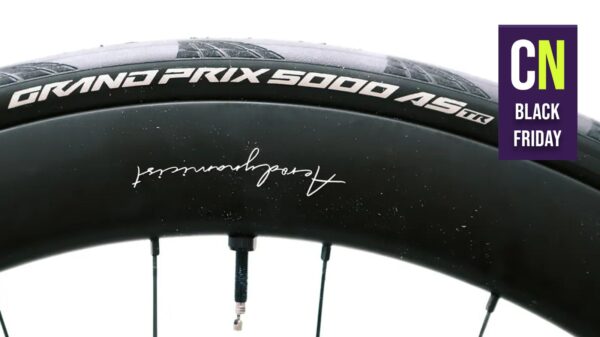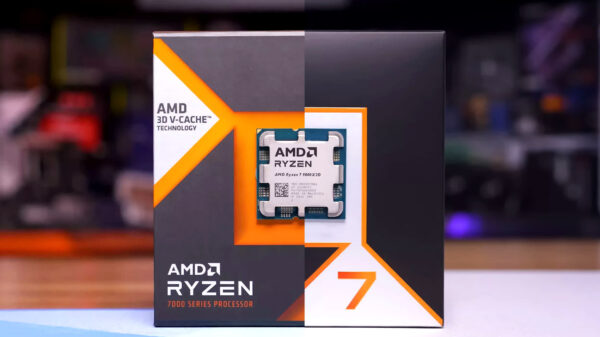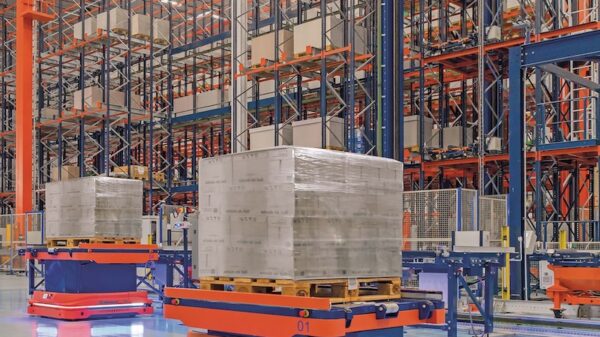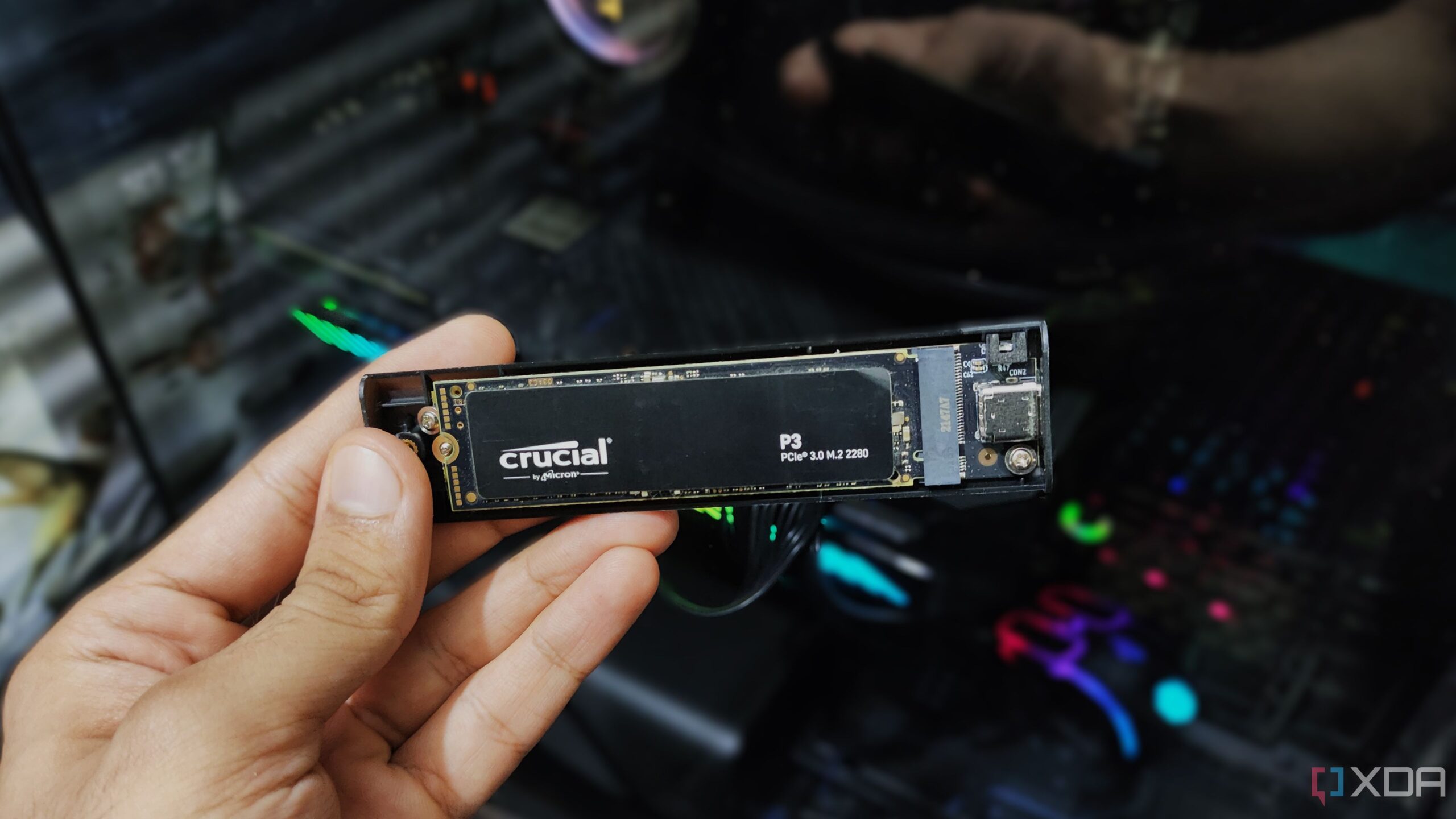URGENT UPDATE: New insights reveal critical SMART attributes on your SSD that every computer user should monitor IMMEDIATELY. As SSDs face inevitable wear and tear, understanding these factors can safeguard your data and enhance performance.
Recent reports emphasize that SSDs, like all PC components, aren’t built to last forever. Each drive has a **finite lifespan** determined by its operations, and while many SSDs can endure heavy usage, users must remain vigilant. Here are the **four SMART (Self-Monitoring, Analysis, and Reporting Technology)** attributes that require your immediate attention.
1. Remaining Life / Percentage Used
The **Remaining Life** or **Percentage Used** attribute is a straightforward indicator of your SSD’s health. This metric reflects how much of your drive’s rated lifespan has been consumed based on its **TBW (Terabytes Written)**. If this number is between **0% and 80%**, your drive is generally safe. However, once it surpasses **80%**, consider preparing a replacement drive. Reaching **100%** doesn’t mean your SSD will fail instantly, but it’s a clear signal that time is running out.
2. Temperature
Temperature management is crucial for SSD longevity. While idle temperatures may not raise alarms, testing under load is essential. Optimal temperatures range from **30 to 60 degrees Celsius**. If your SSD exceeds **70 degrees Celsius**, it’s vital to improve airflow immediately. Overheating can lead to premature failure, putting your critical data at risk.
3. Available Spare Blocks
All SSDs come equipped with spare NAND blocks to replace failing ones. A healthy SSD should maintain **90-100%** of these blocks. If your available spare blocks dip to **0-5%**, you’re at a high risk of failure, which could jeopardize your data integrity. Monitoring this is essential, as not all manufacturers display this information directly.
4. Media and Data Integrity Errors
This attribute tracks errors your SSD encounters during operation. While some errors can be corrected, a rising count is alarming. Ideally, an SSD should report **zero errors**, and anything under a handful is acceptable. However, a consistent increase in errors signals potential problems with the drive’s NAND or firmware, demanding immediate attention.
As SSD technology advances, understanding these SMART attributes can prevent data loss and ensure the reliability of your storage solutions. Experts recommend regular checks to keep your SSD performance at its peak.
WHAT’S NEXT: If you notice concerning trends in these SMART metrics, act swiftly. Consider backing up your data and exploring replacement options. The longer you wait, the greater the risk of data loss.
Stay informed and proactive about your SSD health—monitor these attributes NOW to protect your essential files and ensure smooth computing. Share this urgent information with friends and family to help them safeguard their digital lives.





































































